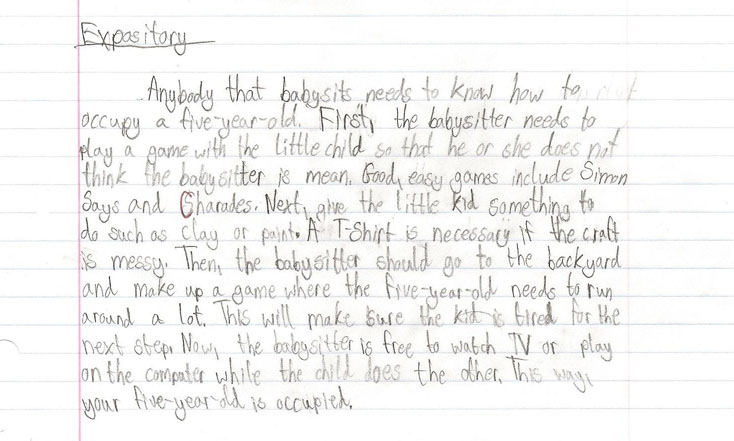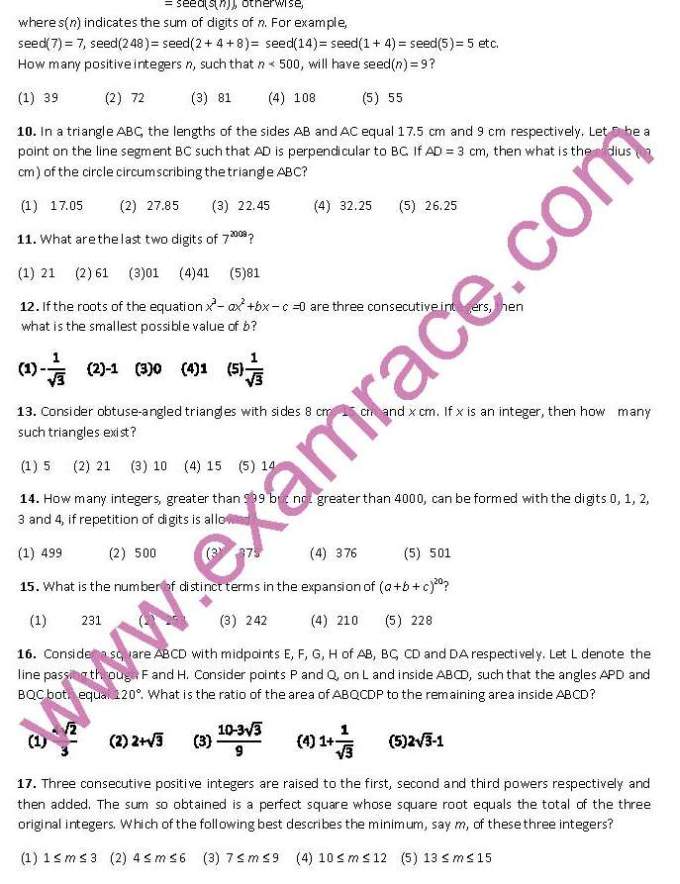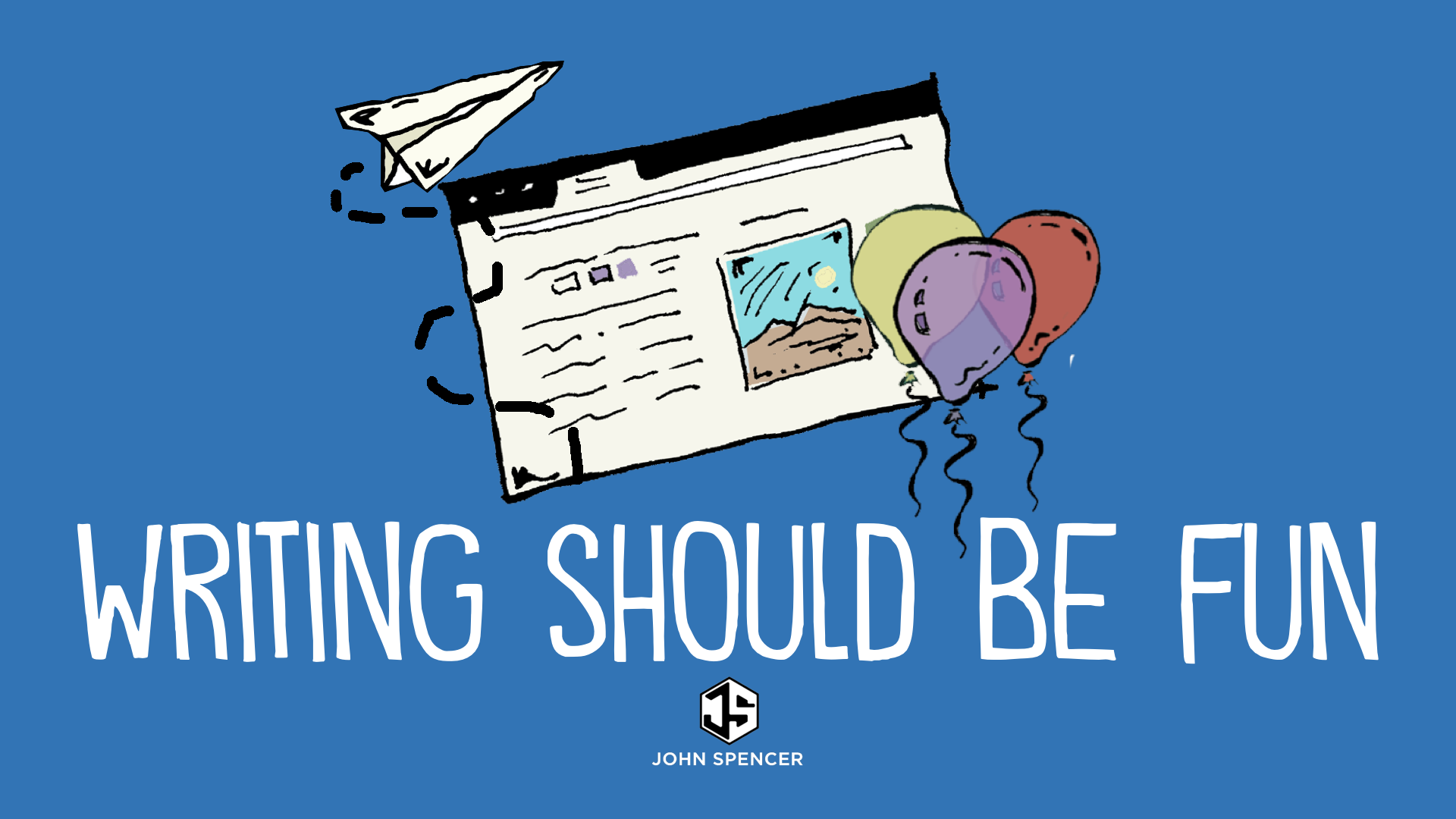Paper Roller Coasters :): 7 Steps (with Pictures.
In this report there is a qualitative and quantitative explanation of the physics of a roller coaster and well as the figures which are retrieved via mathematical analysis of a roller coaster. Brief history of Roller Coasters The first basic roller coasters were first created in Russia in the 1780’s where a large wooden ramp would be constructed in winter and as the ice covered it people.SWBAT use the Engineering Method to design a paper roller coaster. In this lesson, students will prepare to construct a marble roller coaster by completing background research on roller coasters. Draw on information from multiple print or digital sources, demonstrating the ability to locate an answer to a question quickly or to solve a problem.On a traditional roller coaster there is no engine or any other device either pulling or propelling the coaster around the track. Instead, roller coasters use simple physics to create thrilling loops, drops, and turns. Potential energy is equal to mass times gravity times height, and describes that amount of energy an object would have if it could be converted to kinetic. Roller coasters.
Roller coaster rides involve a great deal of physics. The ride often begins with a chain and motor which exerts a force on the train of cars to lift the train to the top of a tall hill. Once the cars are lifted to the top of the hill, gravity takes over and the rest of the ride works on energy transformation. There is no motor or engine that takes a train around the track. The law of physics.The Physics Of Roller Coasters Essay - The Physics of Roller Coasters The beginning of rollercoasters dates back to the 15th century in Russia, where the first coaster ride was simply created in the form of an ice slide. During the 1400’s, long and steep wooden structures were built to heights of 70 to 80 feet tall with ice frozen over the.
Term Paper On Physics Of A Coaster Individuals love to go to the amusement parks and try out the rides that are available. The most common and thrilling ride is the roller coaster. An amusement park is not an amusement park if it does not contain a roller coaster. What makes these roller coasters so fun that every amuse parks has one. A lot of people would say it is their extreme high speeds.












